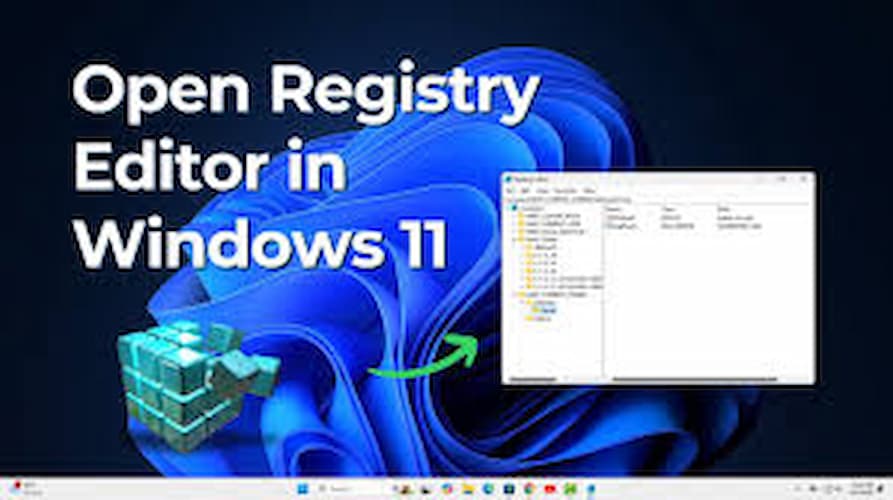The Windows Registry Editor is a powerful tool used to view and edit settings in your system’s registry. Here’s a comprehensive guide to help you open and use the Registry Editor safely and efficiently:
1. Using the Run Dialog Box
- Step 1: Press Win + R on your keyboard to open the Run dialog box.
- Step 2: Type “regedit” in the dialog box.
- Step 3: Press Enter or click OK. If prompted by User Account Control (UAC), click Yes to allow the Registry Editor to make changes to your system.
2. Using the Start Menu
- Step 1: Click on the Start button or press the Windows key on your keyboard.
- Step 2: Type “regedit” in the search bar.
- Step 3: Click on the Registry Editor app from the search results. If prompted by UAC, click Yes to proceed.
3. Using Command Prompt
- Step 1: Press the Windows key, search for “cmd”, and open Command Prompt.
- Step 2: Type “regedit” in the Command Prompt window.
- Step 3: Press Enter. If prompted by UAC, click Yes to allow access.
4. Using Windows PowerShell

- Step 1: Press the Windows key, search for “PowerShell”, and open Windows PowerShell.
- Step 2: Type “regedit” in the PowerShell window.
- Step 3: Press Enter. If prompted by UAC, click Yes to grant access.
5. Creating a Desktop Shortcut
- Step 1: Right-click on the desktop, select New > Shortcut.
- Step 2: Enter “regedit” in the location field and click Next.
- Step 3: Name the shortcut and click Finish.
- Step 4: Double-click the shortcut to open the Registry Editor. If prompted by UAC, click Yes to proceed.